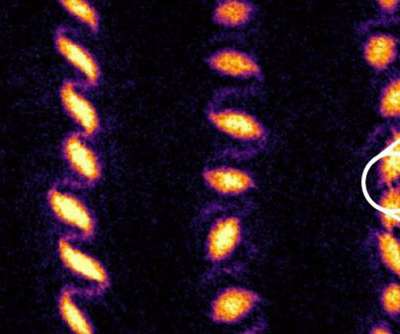Stanford team develops sodium-ion battery with performance equivalent to Li-ion, but at much lower cost
Green Car Congress
OCTOBER 10, 2017
Stanford researchers have developed a sodium-ion battery (SIB) that can store the same amount of energy as a state-of-the-art lithium ion, at substantially lower cost. The rise of renewable solar and wind power is demanding sustainable storage technologies using components that are inexpensive, Earth-abundant and environmental friendly.




















Let's personalize your content